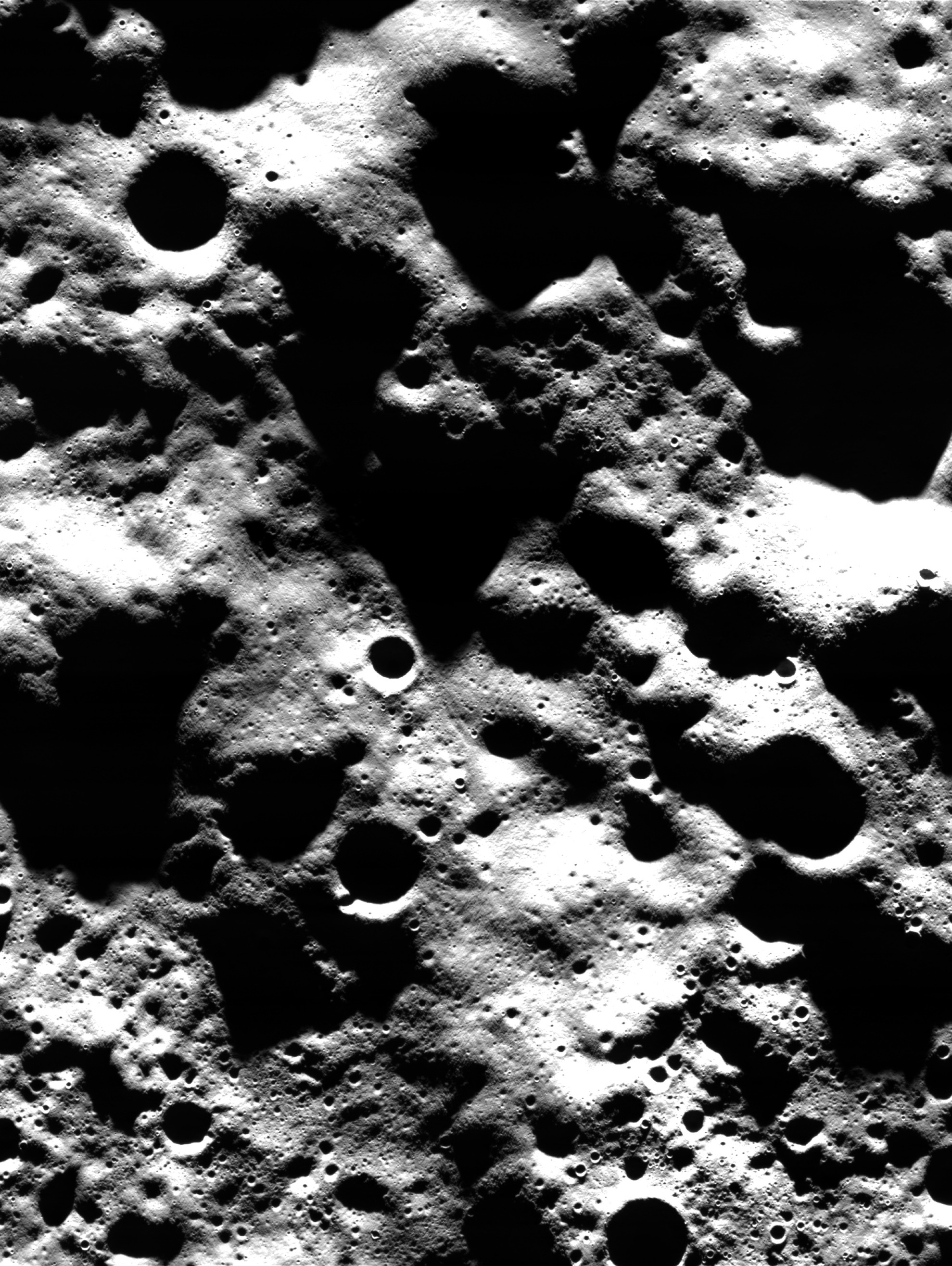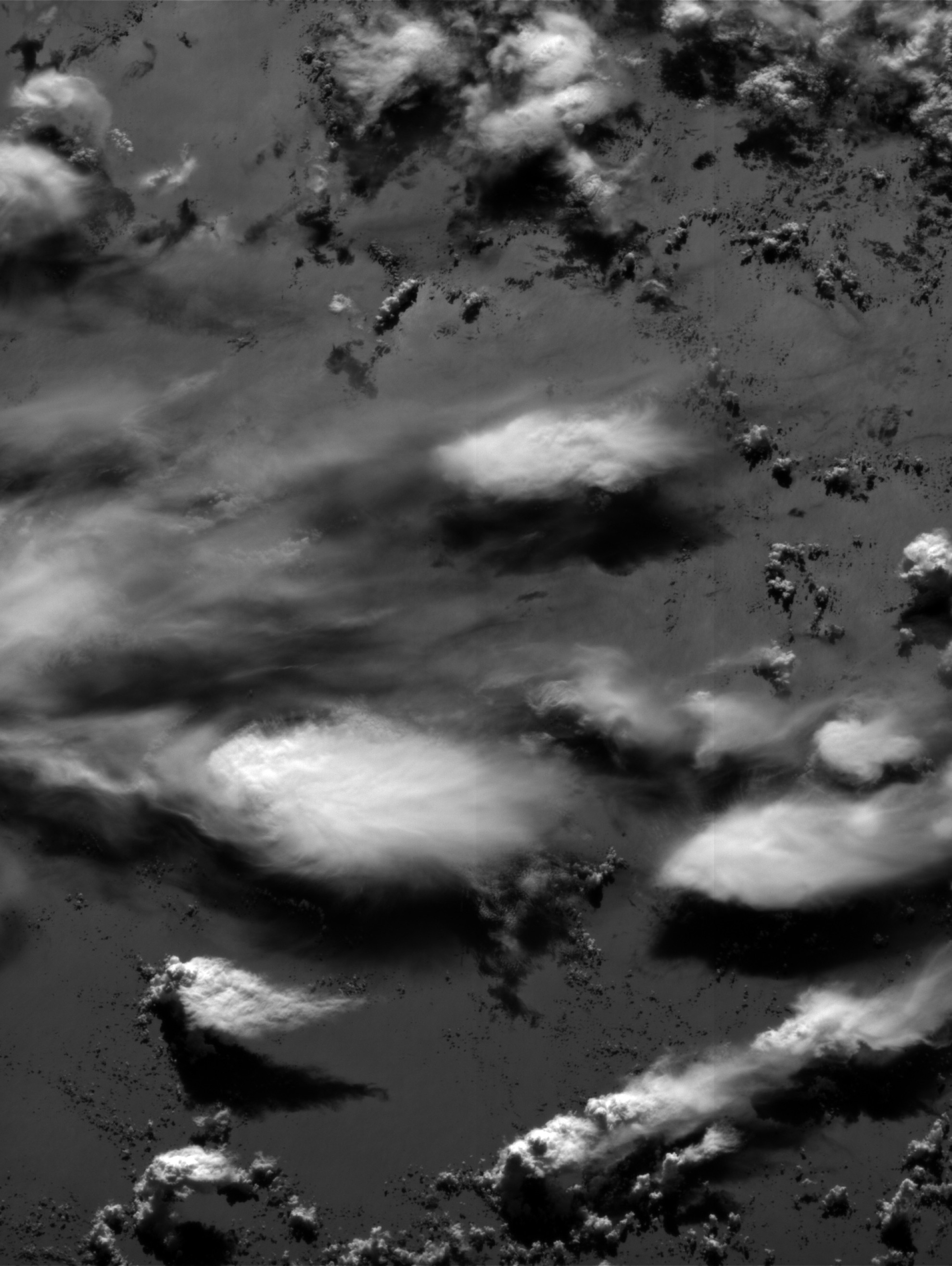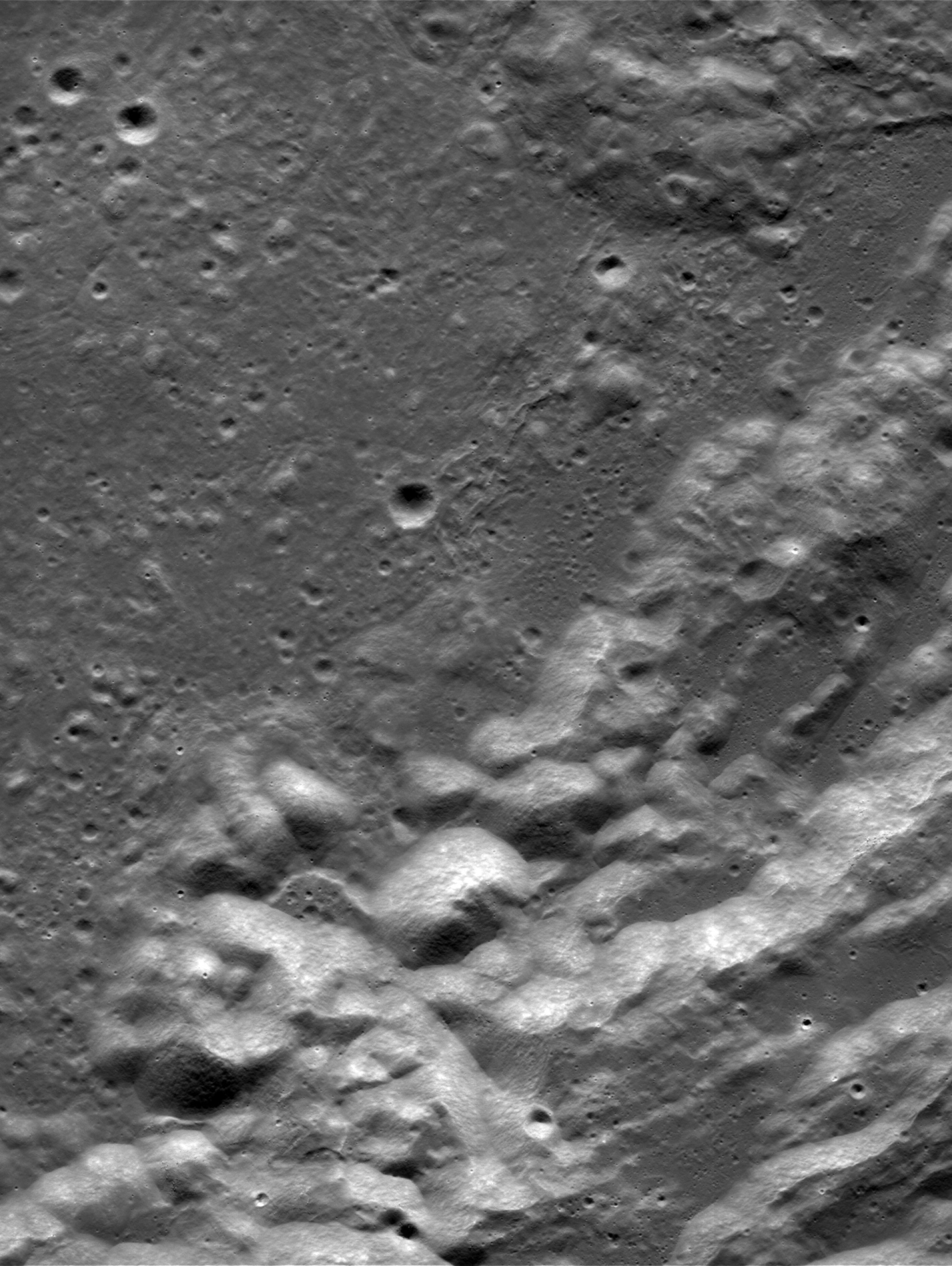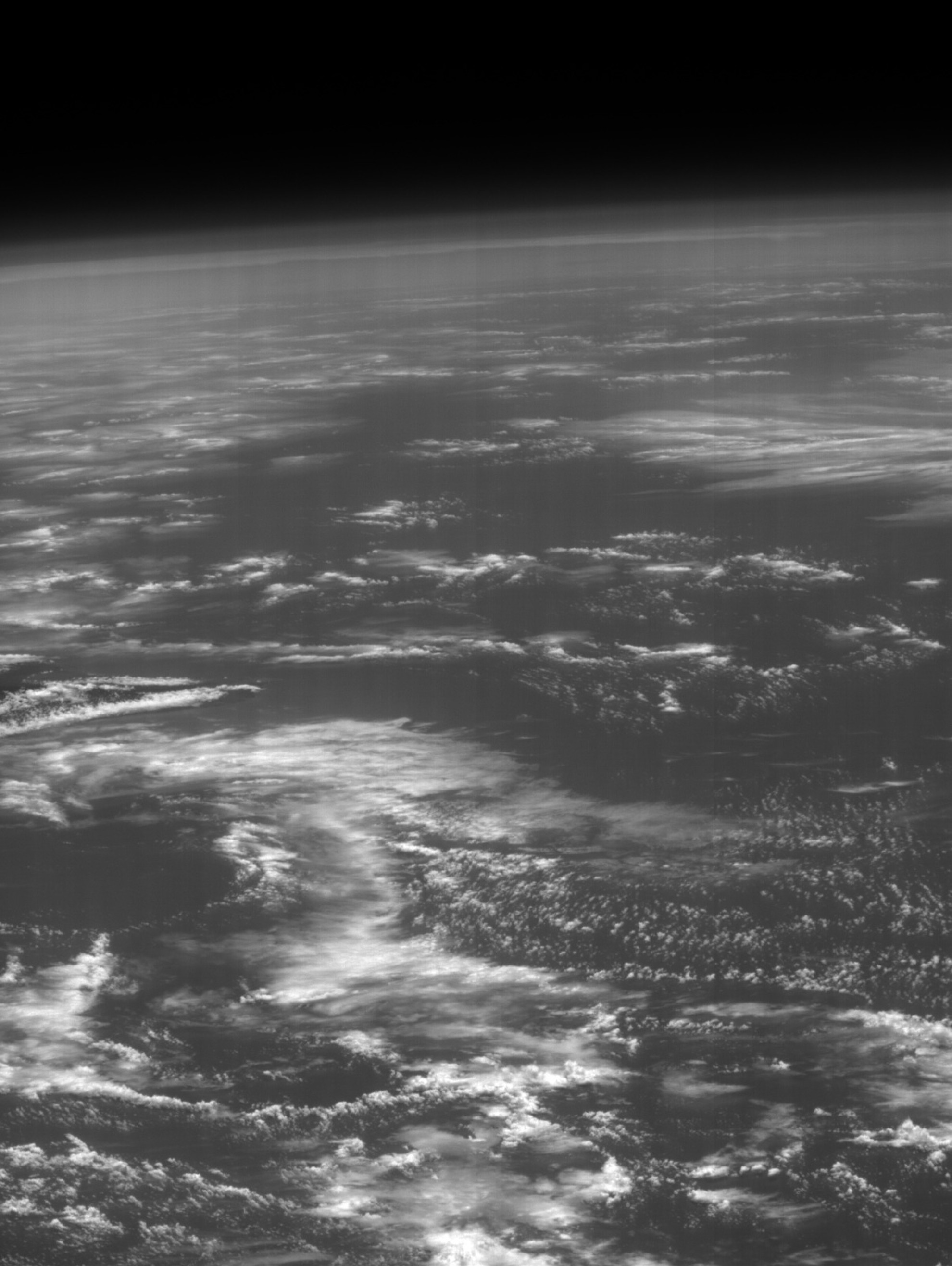Moon image taken by Janus camera during the flyby of 19th August
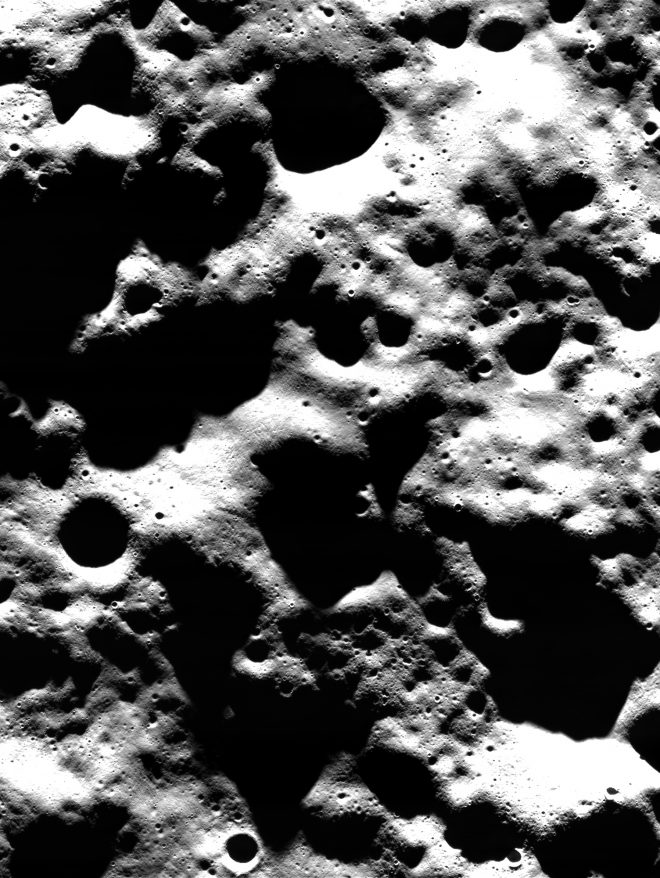
The Moon-Earth flyby carried out by the ESA probe Juice on the night of 19-20 August was a success.
During the manoeuvre, which had never been carried out before partly because of the considerable risks involved, Juice was able to change its speed and direction of flight in preparation for the next close flyby of Venus planned for August 2025.
The Janus optical camera on board Juice, whose development was led by INAF - IAPS researcher Pasquale Palumbo, was able to capture around 200 images of the Earth and the same number of images of the Moon in this double gravitational slingshot, providing us with preliminary data that will help test instruments and procedures in preparation for the observation of Jupiter's moons. ‘While the Moon offers the advantage of knowing what we are observing,’ Palumbo explained to the editorial staff of MediaInaf, ’the problem with the Earth is its extreme temporal variability; think of the clouds that move and change over even minutes. To overcome this, we have planned simultaneous observations with Earth observation satellites: this will provide us with a term of comparison'.
Janus will allow the acquisition of multi-spectral images of Jupiter's icy satellites at a resolution and range 50 times better than the cameras sent to the Jovian system in the past.
After more than 12 years of work the first images
After more than 12 years of work to propose assembly and verify the instrument, this is the first occasion to obtain space data very similar to those we will get in the Jovian system in 2031 and beyond.
The present fly-by has been planned only to optimise the interplanetary cruise up to Jupiter, anyway all the instruments on-board the spacecraft exploited the close Lunar and Earth passage to get data, to verify operations and data analysis, with the great advantage to work in an already known environment.
We obtained images with the high-res camera JANUS, with different operative modes, both of Moon and of Earth. The lunar environment is well known; as far as the Earth is concerned, it presents a high temporal variability: e.g., clouds move and change in terms of minutes. To obtain a useful comparison, we therefore planned contemporary observations with Earth observations satellites: e.g. PRISMA, the ASI satellite, observed several regions above the Pacific Ocean targeted also by JANUS, at the minimum temporal range allowed by the respective orbital dynamics (few hours).
The Flyby Images
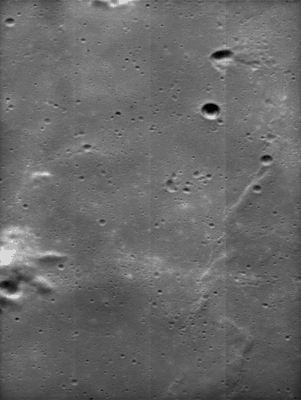
These two animations cover in continuous strips the Moon surface close to the equator from sunset line to about 15h local time, and from there to about 12h in the total longitude interval 90 East - 0.
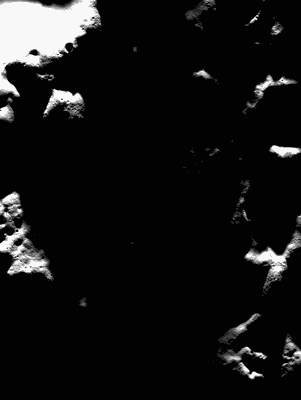
Image sampling varies from 13.5 to 33 m/pixel, with a swath varying from about 20 to 50 km.
The animation shows part of the JUICE fly-by over the illuminated Moon surface, as observed by JANUS. The main scope of these measurements was to evaluate the instrument performances, not to acquire scientific data. For this reason, images were acquired at different time intervals, different colour filters, compression factors and integration times. In few cases we worse on purpose the image quality introducing some smearing through longer integration time in order to test image quality recovery algorithms. In other cases the images were partially saturated to study the effects on the non-saturated areas.
The instrument's capability of reducing spurious signals from bright sources just outside the field-of-view (as those obtained, e.g., in pictures taken in front of the Sun with cameras of smartphones) is quite difficult to model and test during on-ground tests. Therefore, at the end of the lunar fly-by, we took advantage of the peculiar observing configuration - instrument pointing the dark sky while the bright moon is just outside of the field-of-view - to perform this "field-test" for JANUS.
The animation shows the JUICE fly-by over the illuminated Earth surface, as observed by JANUS. It includes a stripe about 200 km wide over the Pacific Ocean, between the islands of Luzon (Philippines) and Hawai’i (USA), at about 5:30 and 11:30 local time, respectively. Worth to note the differences between images on the same area due to the different wavelength range selected by JANUS filters and the Sun specular reflectance on sea surface.
More than simple "colour images" can be obtained if several filters are used to get images of the same surface portion. The standard colour cameras acquire images in 3 filters (RGB) deposited on a mosaic on the detector, while JANUS has the capability to use 13 different filters, covering a range wider than the human eye does, over the whole detector. All these information will be used to investigate the surface mineralogy and the ageing due to space weathering.
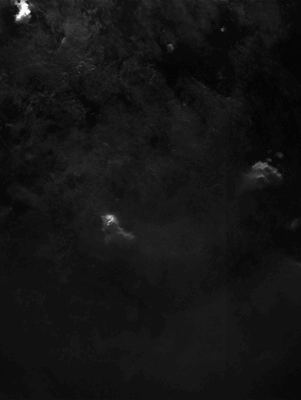
Earth illuminated Surface including a 10000 km long x 200 km wide stripe over the Pacific Ocean.
Credits
Note: Images are not geometrically and radiometrically calibrated, in jpeg format.
Credits: team JANUS (INAF, ASI, DLR, CSIC-IAA, OpenUniversity, CISAS-Università di Padova and other international partners).
The JANUS instrument was built by Leonardo SpA with important contributions from DLR, CSIC-IAA, Sener and funding from ASI, DLR, Spanish Research Ministry and UKSA.


